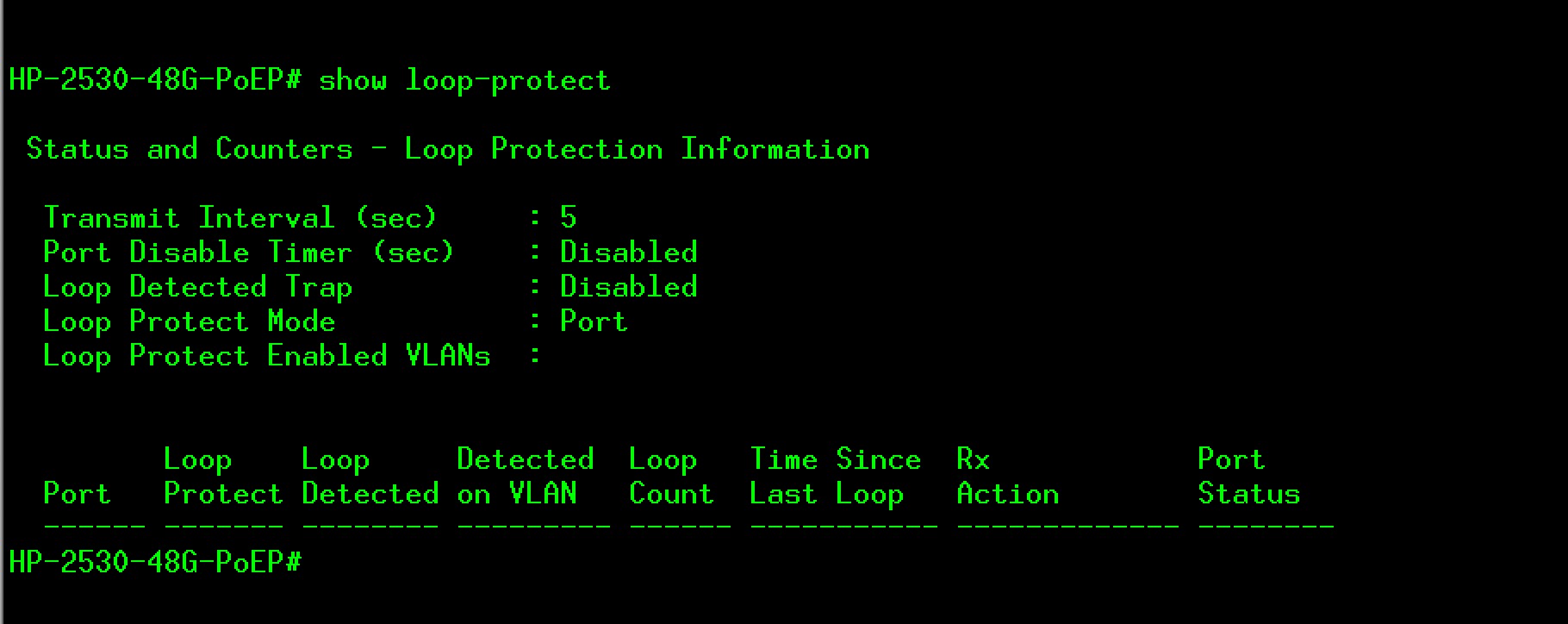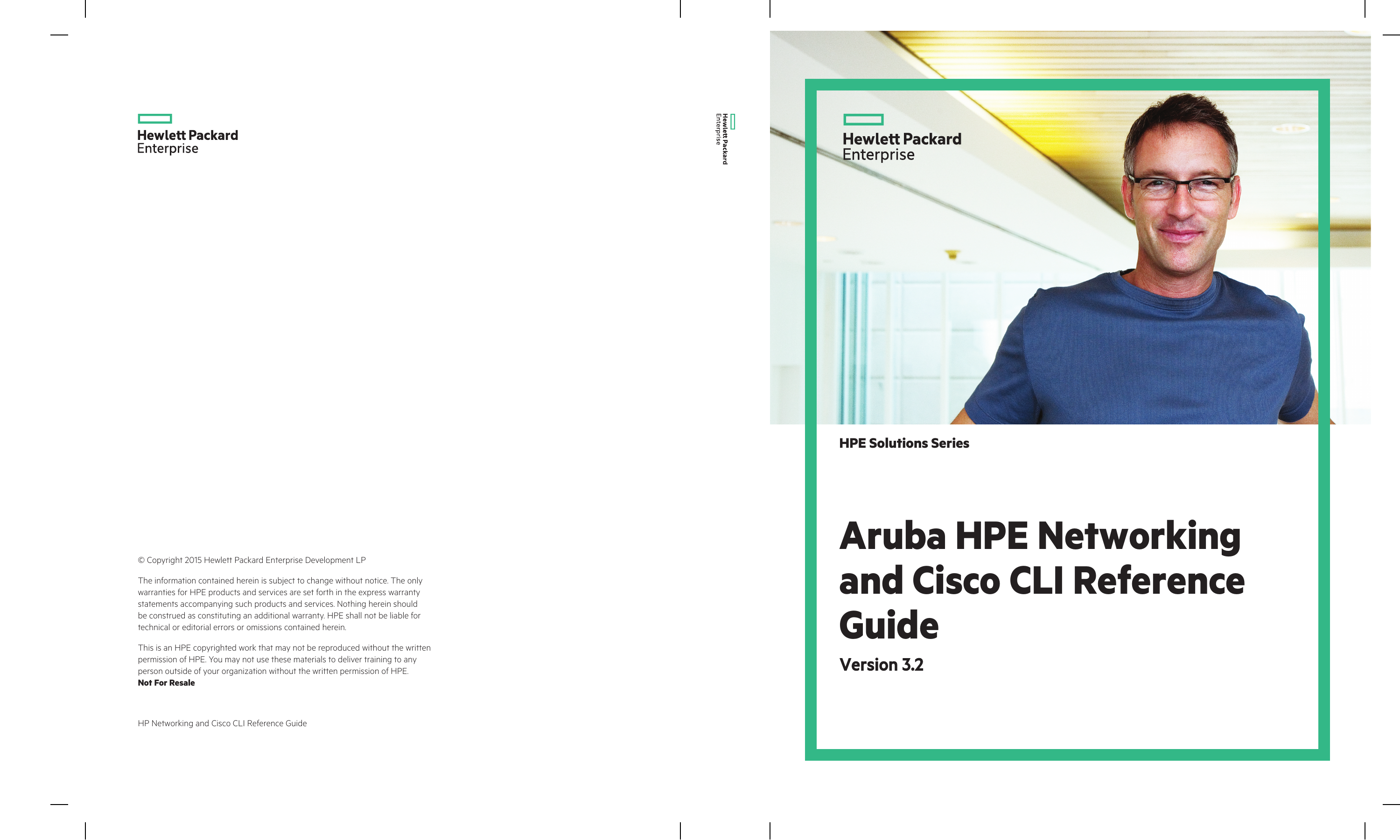PortFast is usually configured on an edge port, which means the port should not receive any STP BPDUs. If the port receives any STP BPDU, it moves back to normal/regular mode and will participate in the listening and learning states. In most deployments, edge ports are access ports.
- Interface FE 1/7 (port 8) in Spanning tree is FORWARDING. Port path cost 19, Port priority 128 Role DESIGNATED. Edge Port and Point-to-Point. At the interface level, the portfast command specifies an interface as an edge port and the point-to-point command specifies an interface as a point-to-point link. Since RSTP is enabled by default, all the interfaces are, by default, point-to-point links.
- Admin-State: Displays if the port is enabled or disabled. Oper-State: Displays if the port is currently up and running. Command History. Aruba Instant 6.2.1.0-3.3. This command is introduced. Command Information.
- There is a issue that when clients come on they do not have network access. Reading around, this seems to be that SSDs boot SO fast that the network doesnt have time to calculate any conflicts with STP and turn the port on. Reading around, Ive seen something called 'Edge Port' (HP calls it like this) can be enabled.
Templates in Aruba Central refer to a set of configuration commands that can be used by the administrators for provisioning devices in a group. Configuration templates enable administrators to apply a set of configuration parameters simultaneously to multiple switches in a group and thus automate switch deployments.
To minimize configuration errors and troubleshoot device-specific configuration issues, Aruba recommends that the device administrators familiarize themselves with the CLI configuration commands available on Aruba switches. |
Creating a Group for Template-Based Configuration
For template-based provisioning, switches must be assigned to a group with template-based configuration method enabled.
For more information, see Managing Groups and Assigning Devices to Groups.
Creating a Configuration Template

To create a configuration template for switches:
1. In the Network Operations app, use the filter to select a template group.
2. Under Manage, click Devices > Switches.
3. Click the configuration icon to display the switch configuration dashboard.
4. Click Templates. The Templates page is displayed.
5. Click + to add a new template. The Add Template window is displayed.
6. Enter a name for the template in the Template Name field.
7. Ensure that Aruba Switch is selected in the Device drop-down.
8. Select the switch model and software version. You can specify any of the following combinations:
ALL for both Model and Version—To apply the template to all switch models and all supported switch software versions.
ALL for Model and a specific software version for Version—To apply the template to all switch models running the specified software version.
ALL for Version and a specific switch model for Model—To apply the template to a specific switch model and all software versions supported by the selected switch model.
A specific switch model and a software version—To apply the template to a specific switch model and the software version. The template created for a specific switch model and a firmware version takes precedence over the template that is created for all platforms and versions.
9. Select the manufacturing part number of the switch in the Part Number drop-down.
The Part Number drop-down is displayed only if you select a switch model in the Model drop-down. If you select a specific switch model and part number, you can apply the template to a standalone switch and not to a stack. If you select All in the Model drop-down, or if you select a switch model and All in the Part Number drop-down, you can apply a template to both a standalone switch and stack. |
10. Build a new template or import configuration information from a switch that is already provisioned in the template group.
To build a new template, add the switch command information in the Template text box. Ensure that the template text adheres to the guidelines listed in the Important Points to Note.
To import configuration text from a switch that is already provisioned in the template group:
a. Select the switch from which you want to import the configuration.
b. Click Import Template. The imported configuration is displayed in the Template text box.
c. If required, modify the configuration parameters. Ensure that the template text adheres to the guidelines listed in the Important Points to Note.
Importing configuration from an existing device in the template group allows you to quickly create a basic template. However, before applying the template to other switches in the group, ensure that the template text is variabilized as per your deployment requirements. All switch templates must include a password command to set a password for the device. The template cannot be saved without adding a password command. If the configuration that is pushed from Aruba Central to the device does not contain a password command, the configuration push is aborted for the device and a log is added to the audit trail. For example, if you add the password command in a condition block and the condition evaluates to false, the configuration that is pushed will not contain the password command. For more information, see Managing Password in Configuration Templates . For more information about using password commands, see the Configuring Username and Password Security chapter in the HPE ArubaOS-Switch Access Security Guide. |
11. Click Save. After you apply the configuration template, switches reboot and reconnect to Aruba Central with the new configuration.
Important Points to Note
Note the following points when adding configuration text to a template:

The CLI syntax in the switch template must be accurate. Aruba recommends that you validate the configuration syntax on the switch before adding it to the template text.
Ensure that the command text indentation matches the indentation in the running configuration.
The commands in the template are case-sensitive.
When configuring a password, you can add the |
The following example illustrates the case discrepancies that the users must avoid in the template text:
trunk E1-E4 trk1 trunk
interface Trk1
dhcp-snooping trust
exit
trunk E1-E4 trk1 trunk
switch-interconnect trk1
trunk E5-E6 trk2 trunk
vlan 5
name 'VLAN5'
untagged Trk2
tagged Trk1
isolate-list Trk1
ip igmp forcedfastleave Trk1
ip igmp blocked Trk1
ip igmp forward Trk1
forbid Trk1
loop-protect Trk2
trunk E1-E4 trk1 trunk
trunk E4-E5 trk2 trunk
spanning-tree Trk1 priority 4
Aruba Admin Edge Port Ludlow
spanning-tree Trk2 admin-edge-port
trunk A2-A4 trk1 trunk
igmp fastlearn Trk1

trunk E4-E5 trk2 trunk
Aruba Switch Admin-edge-port
ip source-binding 2 4.5.6.7 b05ada-96a4a0 Trk2
[no] ip source-binding trap OutOfResources
snmp-server mib hpSwitchAuthMIB ..
snmp-server mib hpicfMACsec unsecured-access ..
[no] lldp config <P-PORT-LIST> dot1TlvEnable ..
[no] lldp config <P-PORT-LIST> medTlvEnable ..
no lldp config <P-PORT-LIST> medPortLocation..
[no] lldp config <P-PORT-LIST> dot3TlvEnable ..
[no] lldp config <P-PORT-LIST> basicTlvEnable ..
[no] lldp config <P-PORT-LIST> ipAddrEnable <lldp-ip>
Aruba Admin Edge Port Canaveral
trunk-load-balance L4-based
trunk-load-balance L3-based
Best Practices
Aruba recommends you to follow the below steps to use configuration templates in managing switches:
1. Configure the switch.
2. Add the switch to Aruba Central.
3. Create the template, You can use Import template option to import an existing template created for switches.
4. Modify the template based on the user requirement. For example, addition or removal of variables.
5. Save the edited template.
Great! Thanks for the feedback
Sorry about that! How can we improve it?Please send your comments and suggestions!
